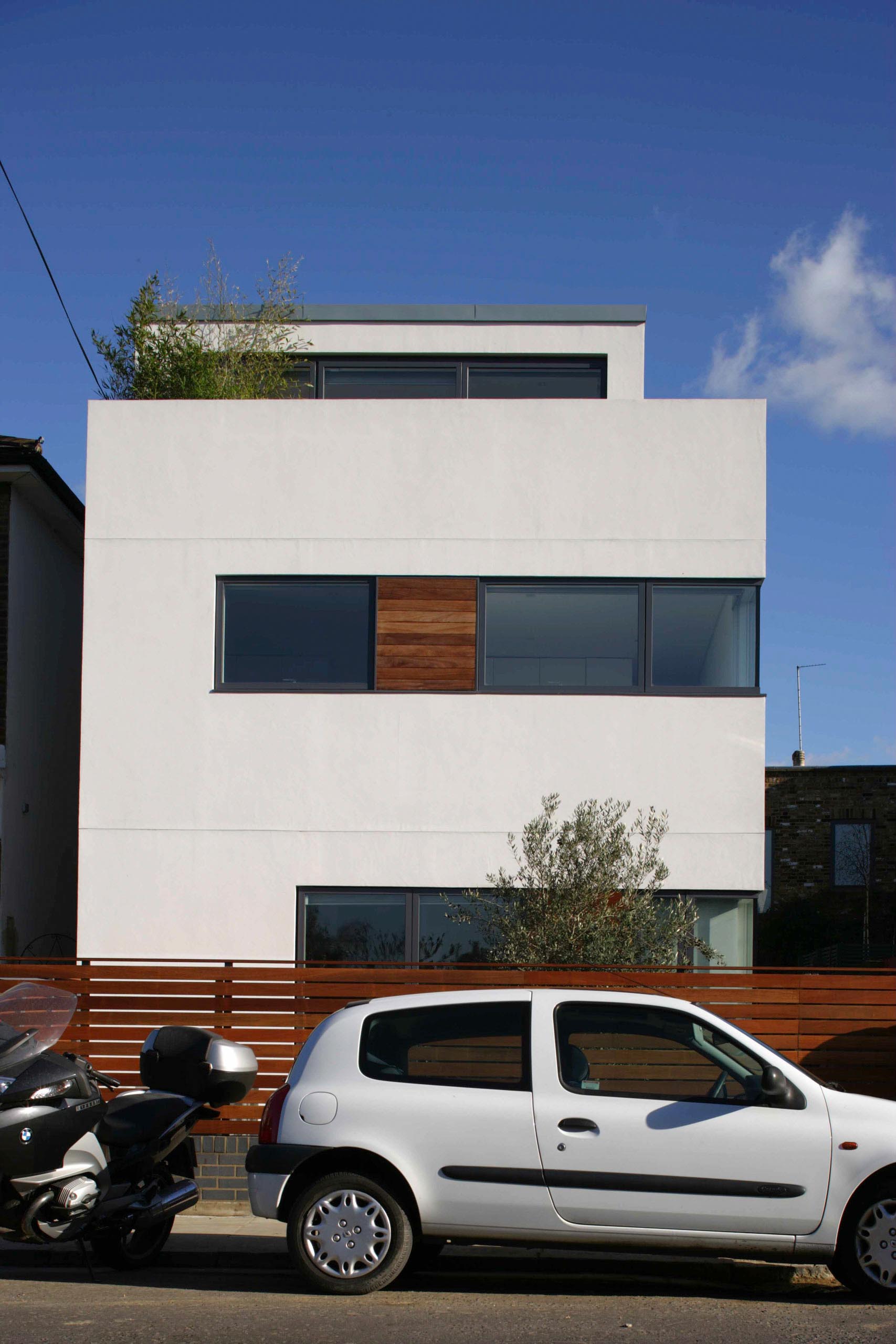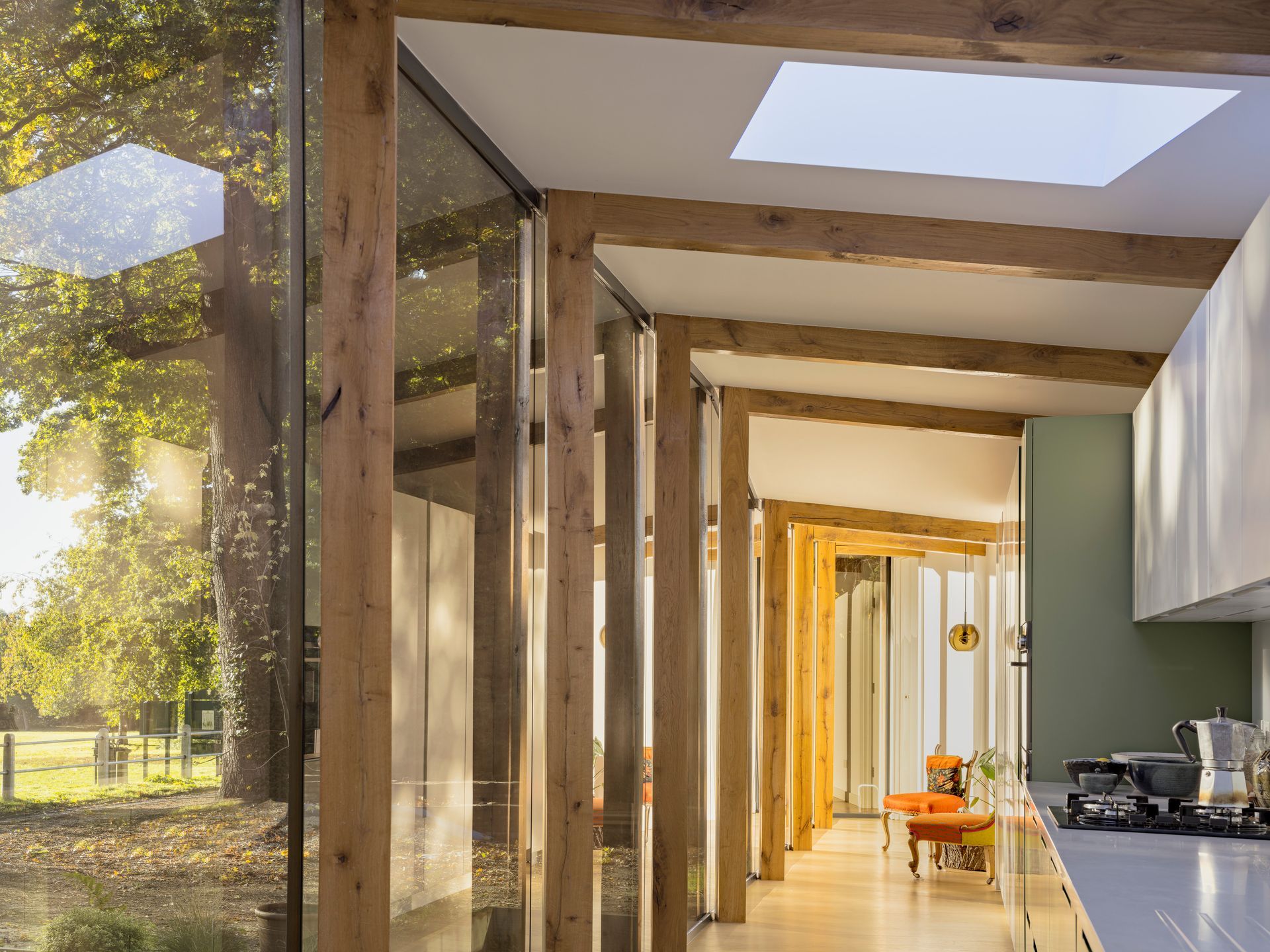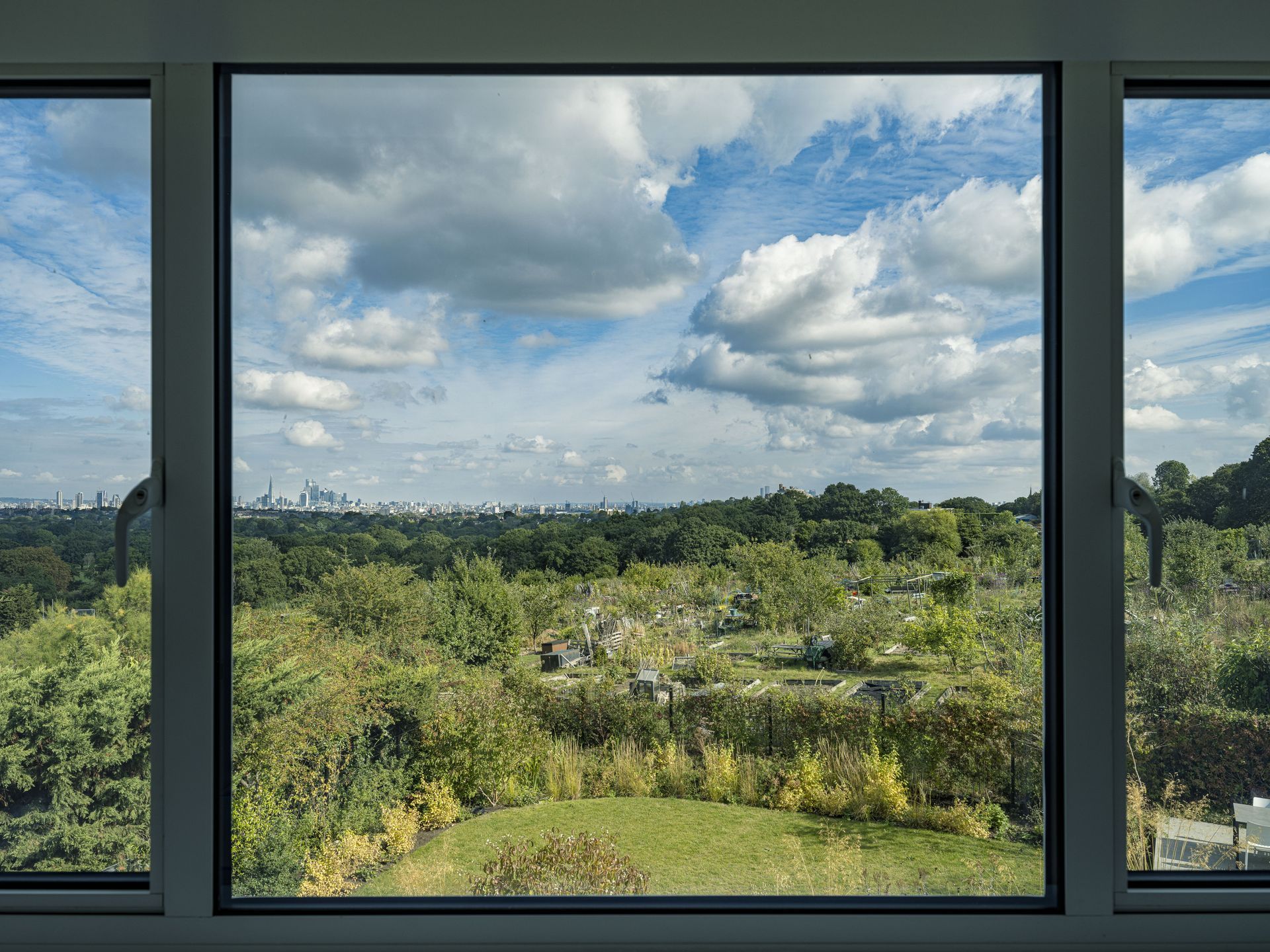Numerous architects make the mistake of focusing on the design first and adding sustainability as an afterthought. This can lead to greenwashing and a home that doesn't meet high design or sustainability standards.
At RDA, we have a different approach: bring in sustainability at the very beginning.
"Taking a sustainability-first approach to environmentally-friendly home design is about saving money in the long run. Taking on sustainability at the start makes your architect less likely to make expensive mistakes or backtracks during the construction process to make your home more environmentally friendly."
- Richard Dudzicki, Lead/Head Architect & Founder
In this blog, we will cover:
- What we mean by a sustainable home.
- The 3 risks of not taking a sustainability-first approach.
- The 4 reasons sustainability should come first.
What Does Having a Sustainable Home Mean?
Designing a sustainable home is about building or converting a residence that meets your daily needs without putting unwarranted pressure on the environment. This means constructing a house that reduces waste, conserves energy, and operates in harmony with the natural world.
In recent decades, impressive technological advancements have made it possible to design homes with extremely high energy efficiency standards.
Passivhaus design is a science-backed construction method that aims to reduce energy consumption by 90%. It does this using techniques like Superinsulation, airtight construction, and triple-glazed windows.
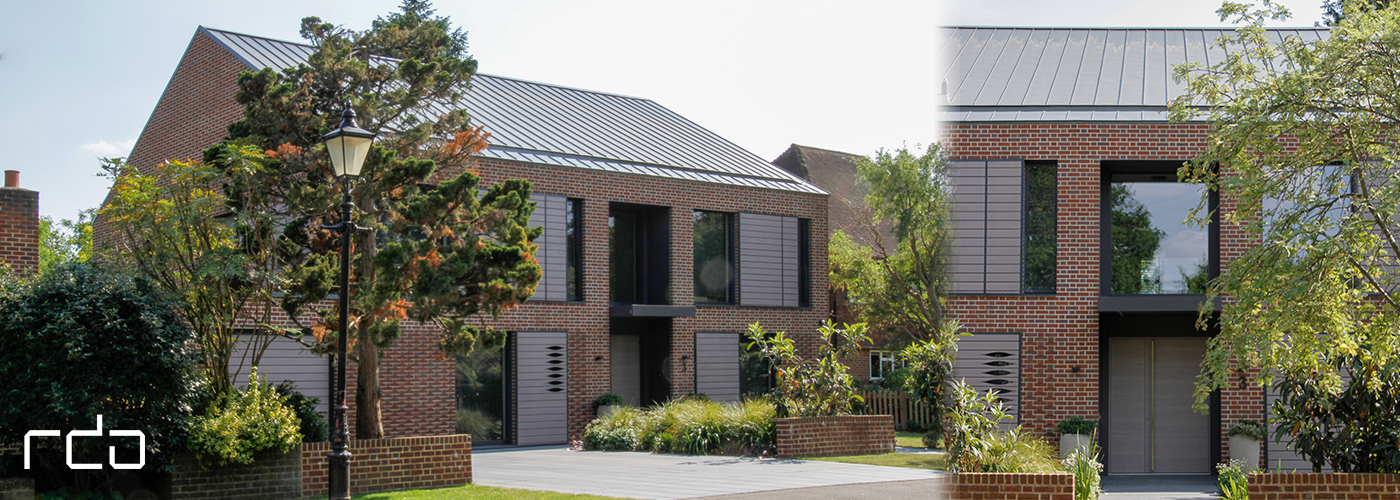
Sustainable homes also tend to be healthier, with features like heat recovery air filtration systems and non-toxic building materials, which are better for the health of people and our planet.
Environmentally conscious homes can help you save money by reducing energy consumption and operating costs over time, which is becoming an increasing concern while we're facing this energy crisis and on a mission towards meeting net-zero targets by 2030.
3 Top Risks of Not Taking a Sustainability-First Approach
If your architect leaves the sustainability for later during environmentally-friendly home design instead of starting with sustainability, you can run into many problems. The top 3 risks are:
1. Limited options and outcomes
If you are not looking at ways to make your home more sustainable from the beginning, you will limit the energy efficiency you can achieve.
For instance, if your Architect does not incorporate a place in your design to fit a Mechanical Heat Recovery Ventilation (MVHR) unit, air source heat pump, additional wall insulation, or oversize the windows, it will be expensive to implement later on.
Or suppose they do not consider the size, shape, and orientation of your building and how that can assist with energy generation from solar panels or natural sunlight. In that case, you will never achieve maximum energy efficiency.
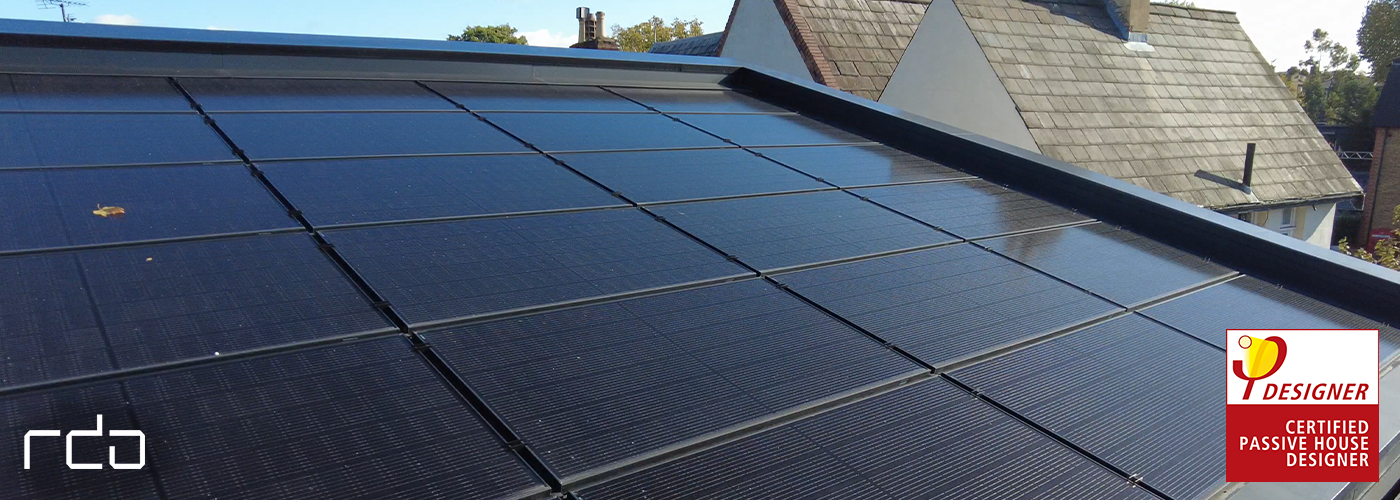
2. Higher Likelihood of Greenwashing
Designing an environmentally friendly home is about so much more than just adding solar panels to your roof or installing a few low-flow toilets.
It requires a holistic approach that considers the entire lifecycle of your building, from the embodied carbon in the materials used to how the home operates on a daily basis.
Unfortunately, many architects and builders still take an approach where sustainability is an afterthought.
This can lead to a phenomenon known as "greenwashing," where your Architect adds "eco bling" to make your "eco home" seem more sustainable.
However, because they didn't consider sustainability during the design and construction process, your home doesn't actually meet the high standards necessary to earn that title.
3. Less Value
Retrofitting your home to make it an eco home rather than designing from a sustainability-first perspective will result in fewer energy savings than incorporating sustainable features from the start.
Additionally, adding sustainable features later in the construction process can be more expensive, messy, and stressful than if they were incorporated into the initial design.
"Designing and incorporating sustainability from day one not only saves money during the build project but also ensures long-term cost savings and sustainability over the lifespan of the building."
- Richard Dudzicki
The 4 Benefits Of Taking A Sustainability-First Approach
Taking a sustainability-first approach to an environmentally friendly home design has several benefits over a sustainability-second approach to building an eco home. The top 4 are:
1. Increase Energy Efficiency
Prioritising sustainability from the very beginning will significantly reduce the environmental impact of your home.
By incorporating energy-efficient materials, systems, and features, like reusing old bricks to minimise your carbon footprint, adding an MVHR unit, using recycled materials, and choosing sustainable wood for your flooring, you'll end up with a much more ecological home.
2. Save Money In The Long-Term
Blending energy-efficient features such as insulation, rainwater harvesting, energy-efficient appliances, and solar panels into your home design from the beginning can significantly reduce your energy costs.
Additionally, you will not have to worry about paying more to incorporate sustainability features into your home at a later date.
3. Live In A Healthier Home
A sustainable home design improves the health of your home and all who live in it. Using non-toxic, natural, and sustainable materials where possible will improve indoor air quality, while natural lighting and ventilation can improve mood and reduce stress.
Designing with sustainability in mind from the beginning will also help you to create a more comfortable home, that's neither too hot nor too cold. This prevents mould from forming and harming your health.
4. Increase Resale Value
According to a survey conducted by the UK Green Building Council, 73% of UK adults would prefer to live in a low-carbon, energy-efficient home, and 67% would be willing to pay more to do so.
When you design a home with sustainability in mind from the very start, it's more likely to have a higher resale value.
This trend will only increase as the climate crisis worsens, and people will become better at distinguishing between a holistically sustainable home and one with added sustainability features.
"It is crucial to consider sustainability at an early stage to ensure that future occupants can benefit from it and appreciate the thought that went into lowering energy usage, which will no doubt increase the resale value of your home."
- Richard Dudzicki
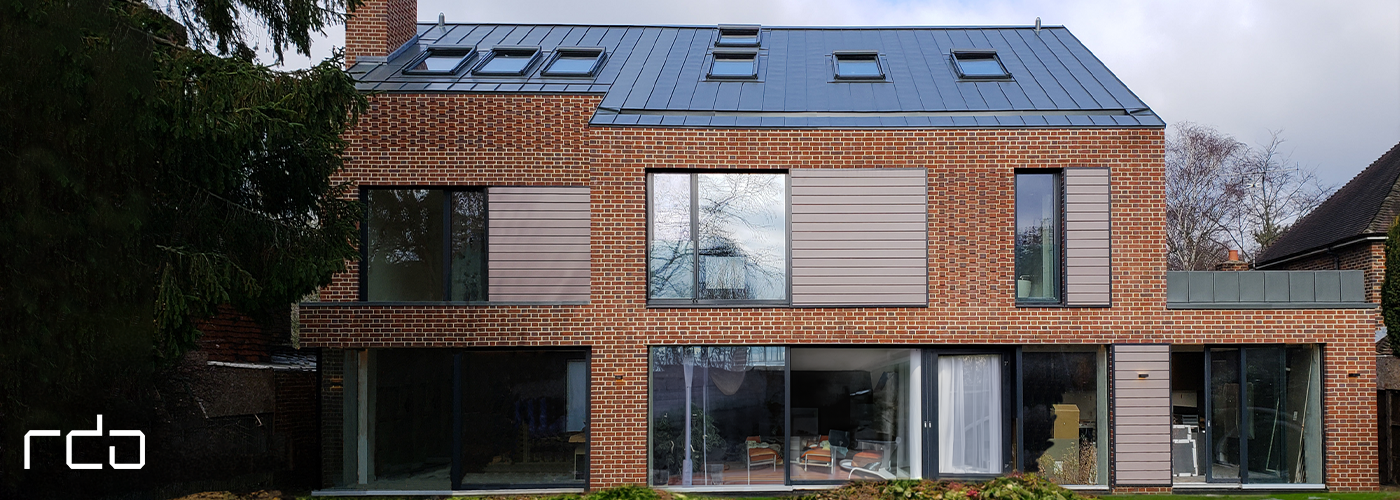
How Some Architects Approach Environmentally-Friendly Home Design
There are a variety of approaches to sustainable architecture, but not all of them are as effective as they could be.
Some architects believe that they can make a building more sustainable by simply adding on eco-friendly features, such as solar panels or a green roof, after the design is complete.
However, as we have seen, simply adding eco-friendly features like solar thermal panels to create an eco-friendly house is not enough to ensure sustainability.
"You can design a beautiful building within sustainability parameters. Rather than saying, ‘OK, I'm going to design this beautiful building, and then I've got to try and make the science fit the art’."
- Richard Dudzicki
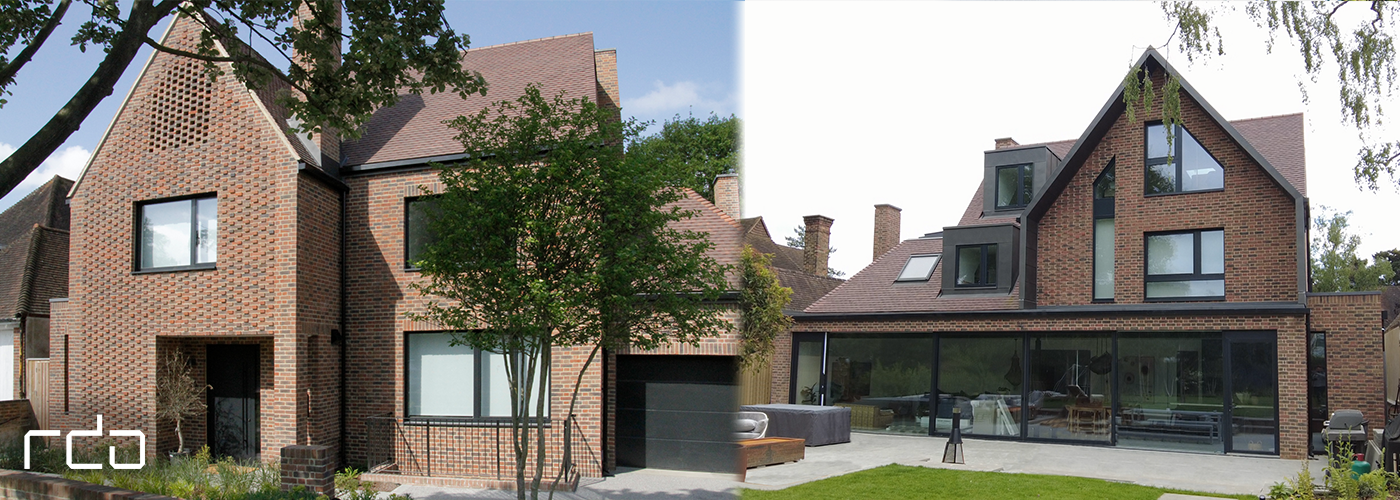
Why Our Philosophy is Sustainability-first, Always
At RDA, we take a different approach to sustainable architecture. As Passivhaus experts, we believe that a science-backed, sustainability-first approach is the best way to ensure that your home is truly environmentally friendly.
We consider the entire project holistically, from the carbon footprint of your build and site environment to the materials and systems used to power and heat your home.
But our approach is about more than just designing an environmentally-friendly home.
It's also about creating a better quality of life for our clients and creating a home that's as beautiful as it is sustainable to offer you a healthier, more comfortable, and more long-lasting place to live.
If you're interested in building an eco-friendly or Passive House home, we invite you to get in touch with us to learn more about our award-winning approach to sustainable home design and how we can help you achieve the eco-friendly home you've always dreamed of.
